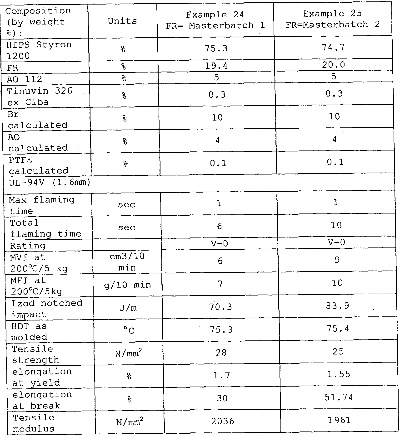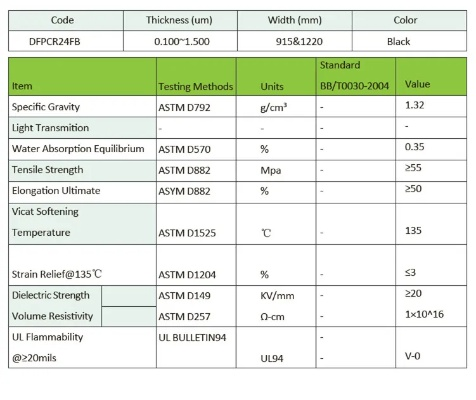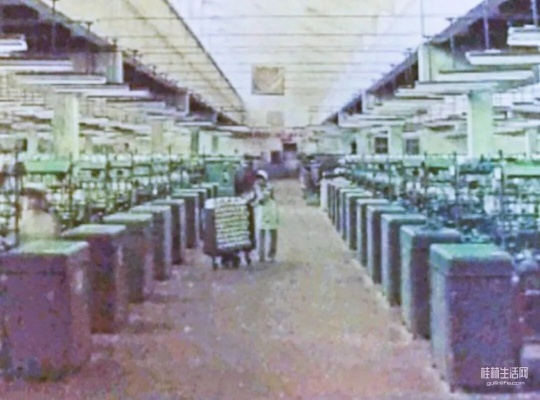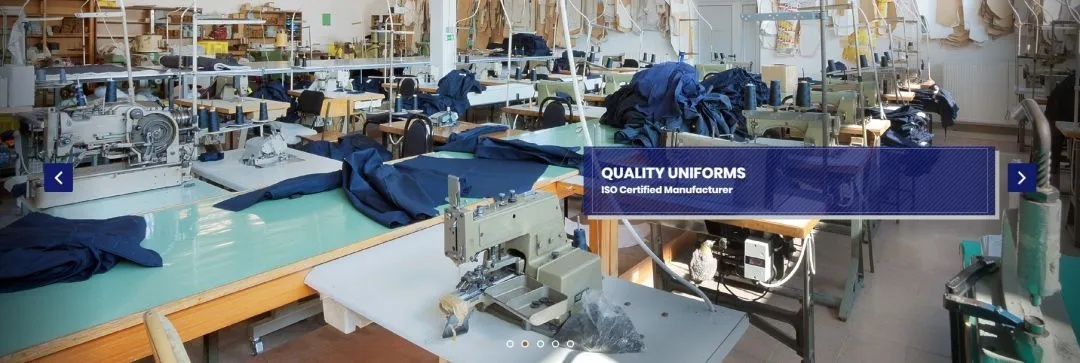Preparation Methods for Flame-Resilient Textiles
Flame-resistant textiles are essential for protecting people from fire hazards, such as in the construction industry or when handling flammable materials. The preparation of these textiles involves several steps to ensure their flame resistance and durability. Firstly, the raw materials used in the production of flame-resistant textiles must be carefully selected and processed to meet specific standards. This includes selecting high-quality cotton, linen, or synthetic fibers that have been treated with flame-retardant agents to reduce their combustibility. Secondly, the fibers are spun into yarns and then woven or knitted into fabrics. During this process, the flame-retardant agent is applied to the fibers using a solvent or other method to ensure even distribution throughout the fabric. Finally, the fabric is tested for its flame resistance and durability before being released into the market. Overall, the preparation of flame-resistant textiles requires careful attention to detail and adherence to safety regulations to ensure that they provide effective protection against fire hazards.
Introduction: Textiles, being an integral part of our daily lives, are often exposed to various hazards, including fire. The fabrics' ability to resist flames is crucial in preventing accidents and ensuring the safety of individuals and property. In this context, the preparation of flame-resistant textiles has become a significant field of research and development.
Methods:
-
Chemical Treatment: This method involves treating fabrics with chemicals that enhance their resistance to fire. For instance, applying a layer of fire-resistant coating on cotton fabrics can make them more resistant to ignition and burning.

-
Physical Treatment: This technique uses physical methods like heat treatment or compression to increase the fabric's fire resistance. For example, using a hot press to densify the fibers of a fabric can make it more resistant to flames.
-
Blending: Combining different types of fabrics can create a fabric that is both flame-resistant and durable. For example, blending polyester with cotton can create a fabric that is both flame-resistant and soft to the touch.
-
Structural Design: The design of the fabric can also affect its fire resistance. For example, designing a fabric with multiple layers can provide greater protection against fire.
-
Enzymatic Treatment: This method involves treating fabrics with enzymes that break down the cellulose fibers, making them more resilient to fire.
-
Microencapsulation: This technique involves encapsulating materials within a protective coating to protect them from fire. For example, filling cotton fabrics with beads made of glass or ceramics can make them more resistant to fire.
Case Study: One example of a successful flame-resistant textile is the "Fire-Proof Jacket" developed by a leading company. The jacket is made from a blend of polyester and nylon fibers, which are both flame-resistant. The jacket's outer shell is made from a special material that is highly resistant to heat, while the inner lining is made from a fire-resistant material. The jacket's design incorporates multiple layers of fabric, providing additional protection against fire.
Conclusion: The preparation of flame-resistant textiles requires a combination of chemical, physical, and structural treatments. By understanding the different methods available and their benefits, we can develop innovative solutions that meet the growing demand for safer and more resilient textiles.
随着现代工业的快速发展,人们对纺织品的安全性和环保性要求越来越高,阻燃纺织品的制备方法对于保障人们的生命财产安全以及环境保护具有重要意义,本文将详细介绍阻燃纺织品的制备方法,并结合案例进行分析。

阻燃纺织品的制备方法
原料选择
在制备阻燃纺织品时,首先需要选择合适的原料,原料应具备以下特点:具有良好的燃烧性能、无毒无害、环保可降解等,常见的原料包括聚酯纤维、聚酰胺纤维等。
制备工艺流程
(1)熔融纺丝:将聚合物原料在高温熔融状态下进行纺丝,形成纤维。 (2)后处理:对纤维进行表面处理,如表面涂层、添加阻燃剂等,以提高其阻燃性能。 (3)织造:将处理后的纤维织造成所需形状和规格的纺织品。
制备过程中的关键技术
(1)熔融温度控制:熔融温度是影响纤维性能的关键因素,需要严格控制。 (2)阻燃剂的选择与添加:根据需要,选择合适的阻燃剂并均匀添加到纤维中。 (3)织造过程中的控制参数:如织造速度、张力等,需要精确控制以保证纺织品的质量。
案例分析
以某公司为例,介绍其阻燃纺织品的制备方法与案例,该公司采用先进的生产工艺和技术,成功制备出了高性能的阻燃纺织品。

原料选择与制备工艺流程
该公司选择聚酯纤维作为原料,并采用先进的熔融纺丝工艺和后处理技术,在制备过程中,严格控制熔融温度和阻燃剂的选择与添加,以保证纺织品的质量和性能,该公司还注重环保可降解的特点,采用环保材料进行生产。
案例效果分析
该公司的阻燃纺织品具有优良的燃烧性能和环保可降解的特点,经过测试,其防火等级达到国家标准,同时具有良好的透气性和舒适性,该产品的使用寿命长,能够满足长期使用的需求。
本文介绍了阻燃纺织品的制备方法与案例分析,通过本文的介绍,我们可以了解到阻燃纺织品的制备需要选择合适的原料和工艺流程,同时需要注意关键技术要点,本文还通过某公司的案例分析,展示了阻燃纺织品的实际应用效果和优势。
在未来的发展中,随着科技的不断进步和人们对纺织品安全性和环保性的要求不断提高,阻燃纺织品的制备方法和技术将会更加成熟和完善,随着人们对环保意识的不断提高,环保可降解的阻燃纺织品将会成为未来纺织品市场的主流产品之一。
Articles related to the knowledge points of this article:
Textile Manufacturing Process Overview
The 2018 Shanghai Home Textiles Autumn Trends



